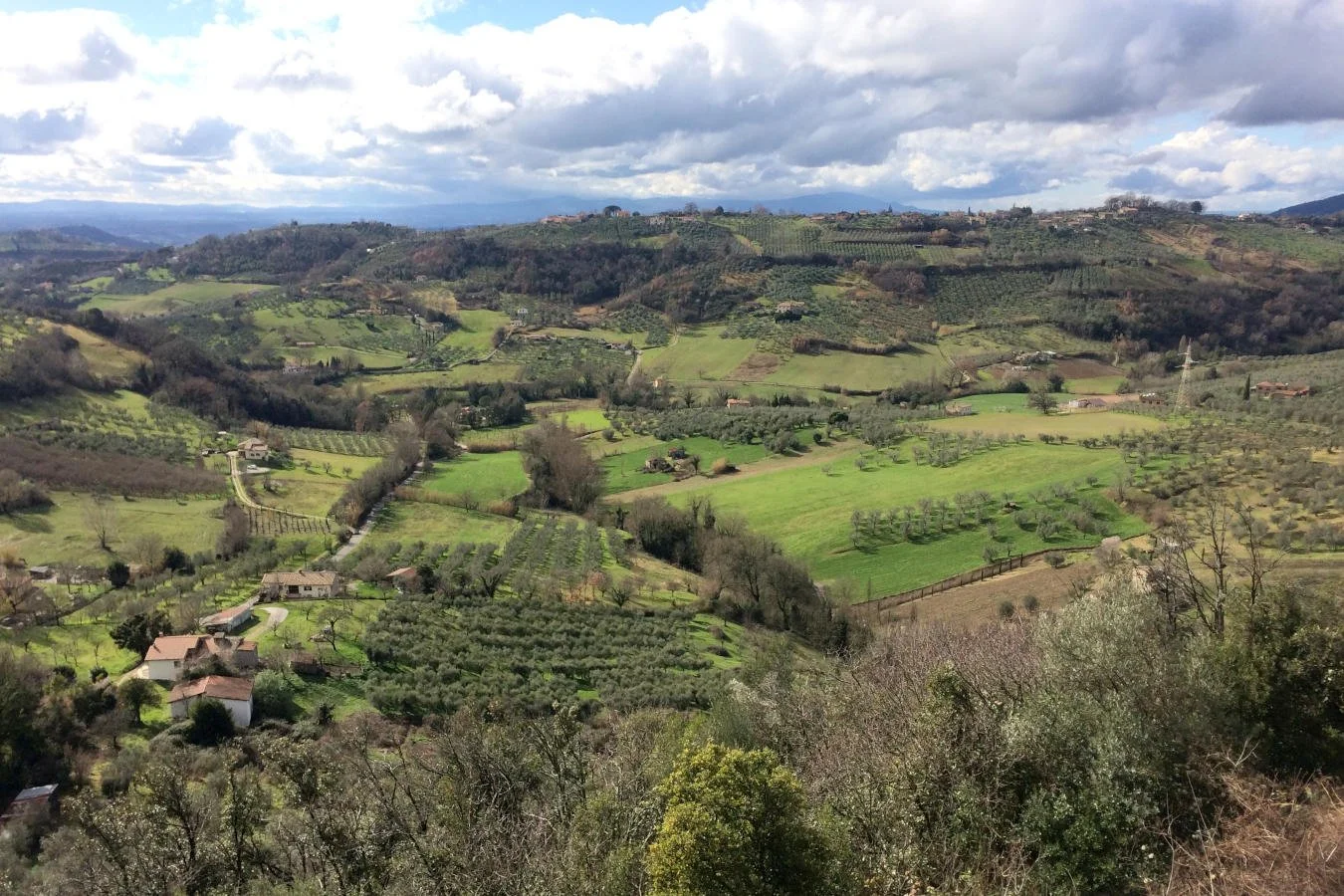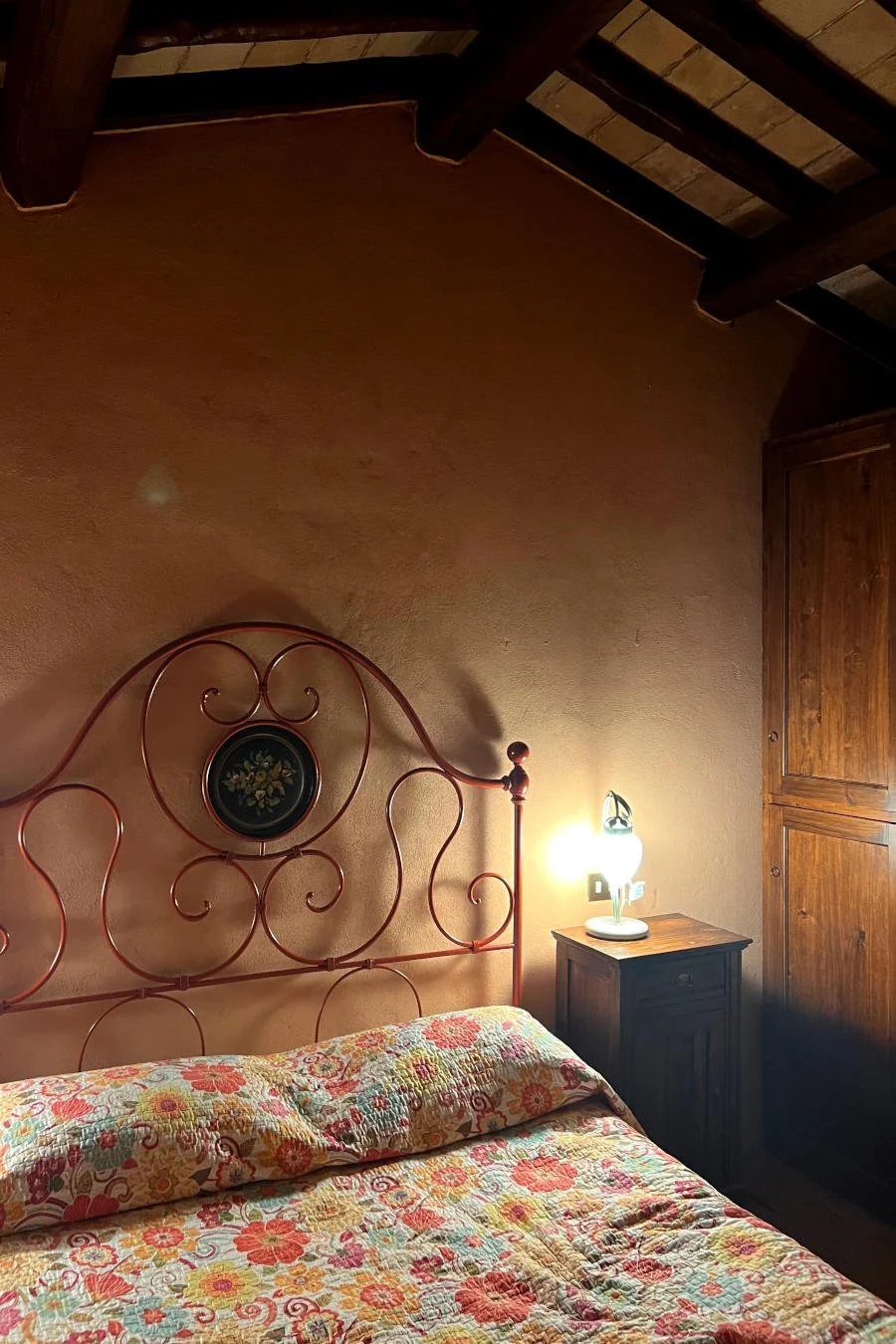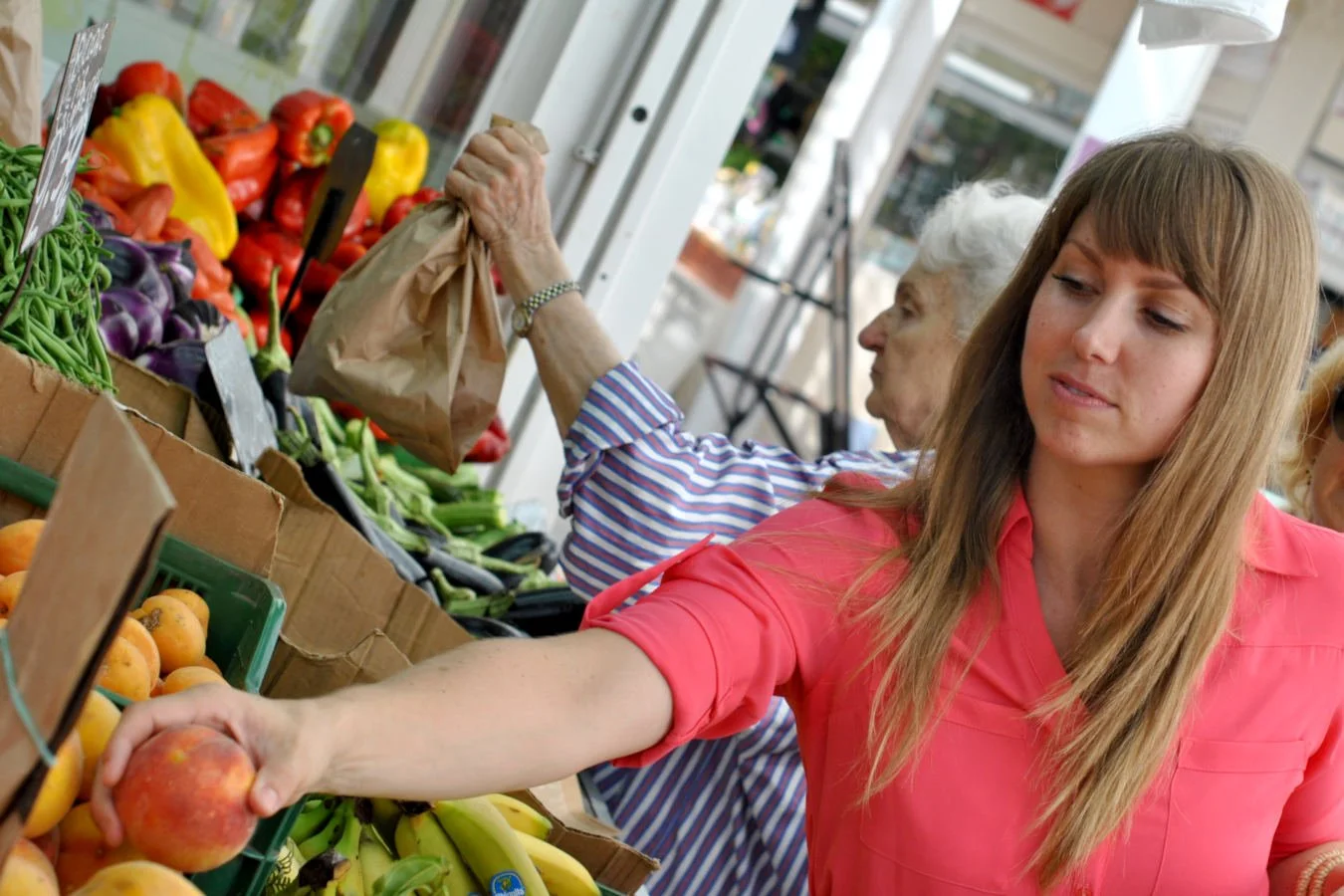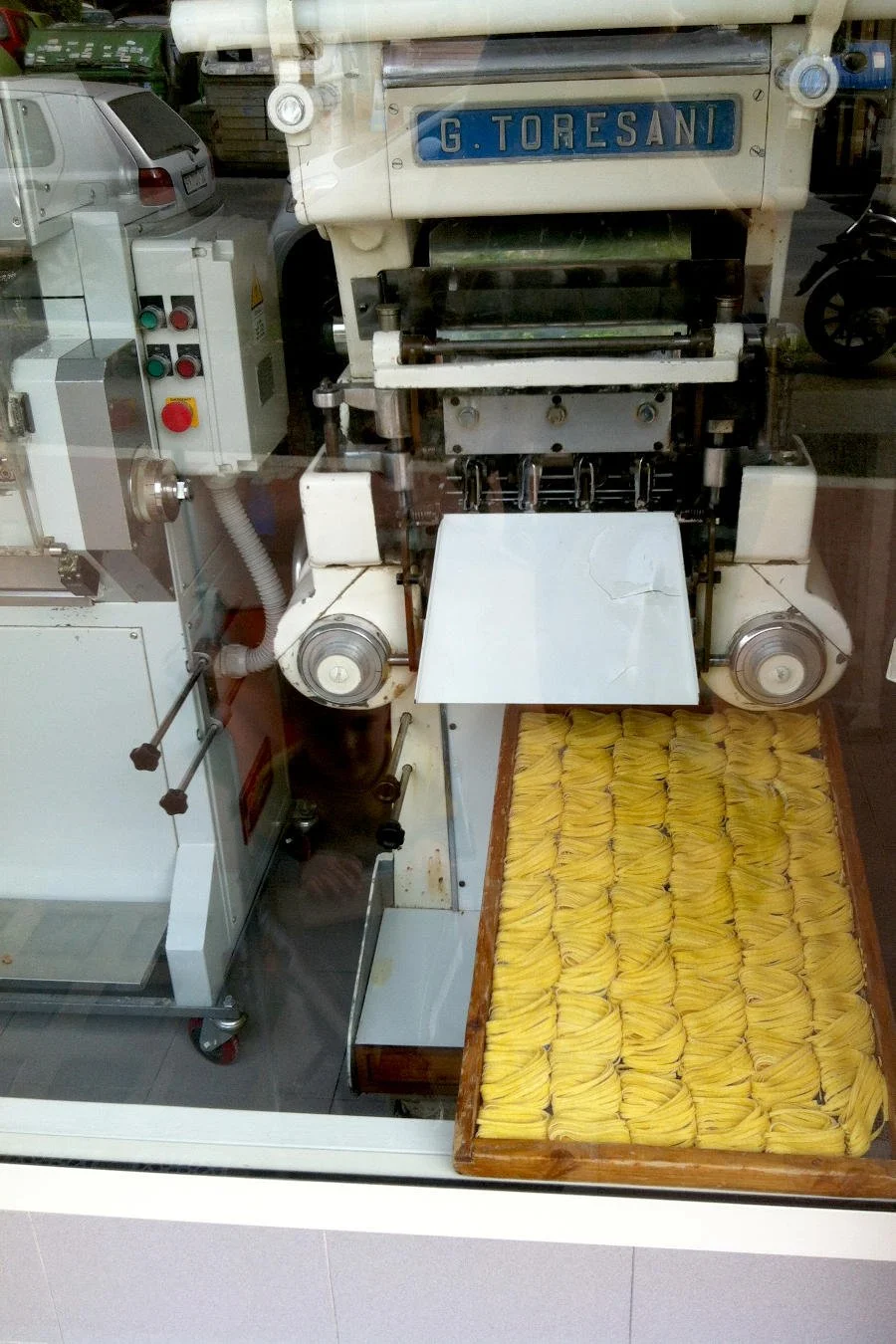Insider Tips for Travel and Life in Italy
Who Needs Insider Tips for Travel and Life in Italy?
Who needs Insider Tips for Travel and Life in Italy? Well, let’s just say that when I first traveled to Italy, these tips would have been super helpful. And when I moved to Italy, I absolutely wish I would have had these tips for travel and life in Italy. It would have been such a help in avoiding mistakes when I first arrived.
I made so many basic mistakes. How to properly greet people and bid them farewell. How and where to buy tickets and public transportation passes. Where to go and not to go. How to convert from dollars to euros and from the imperial system to the metric system. Learning words and phrases just to get by from day to day.
I could go on and on about all of the adjustments that I had to make and all of the little mistakes I made that could have been avoided with a little more understanding and preparation.
But after living in Rome for five years, all of those things had become second nature to me. Not only was I not just surviving in another country and language and culture; I was thriving.
And although some of the systems still didn’t really make sense, I knew that it wasn’t just me, they also didn’t make sense to many of my Italian friends. But at least I understood how to navigate them without causing too much frustration.
This post may contain affiliate links, please read my full disclosure here.
Why I Put Together the Insider Tips
After having moved back to America, I realized that there are a lot of things that we do in my country of origin that don’t make much sense either. But I had grown up as an “insider in the US.” I knew the lingo, the tips, and the tricks to thriving in a culture.
Thankfully, after more than 5 years in Rome, for the most part, I had found myself living as an insider instead of an outsider as well. I knew the lingo, the tips, and the tricks for thriving in my second home. And to help you avoid some of the same, basic mistakes that I made when I first moved to Italy, I want to share some of these insider tips for travel and life in Italy.
Whether you are moving there, travel there on a frequent basis, or are heading to Italy for the first time, I hope you find these tips helpful. And I hope that they help you thrive on your next vacation or extended stay in il bel paese.
As a guide, I have divided these insider tips for travel in Italy into 5 categories: Dining, Transportation, Accommodations, Language, and Culture.
Insider Tips
Dining
Tip Number One: Breakfast at the Bar
If you don’t have breakfast provided by your hotel or BnB, find a local bar for all of your needed caffeine-induced bursts of energy. You should be able to find a quality, local bar in just about any part of any city and even most villages. Most of them don’t look fancy, but don’t judge a book by its cover in this area. Some of my favorite bars are absolutely nothing to look at on the outside or on the inside. If they look expensive, they probably are. An espresso shouldn’t cost more than 1.20 euros and a cappuccino no more than 1.50 euros.
Tip Number Two: Choosing a Restaurant
If someone is standing outside the restaurant trying to get you to sit down at a table in the center of Rome, there is a high likelihood that you don’t want to eat there. Will the food be fine? Maybe. But did you really come all that way to just eat “fine” Italian food? No.
You can easily find restaurants that no matter what you choose to order, it will completely blow you away. Again, many of these may not look like much on the outside, but the food, service, and the experience are all phenomenal and you will probably pay less than you would have if you sat down at one of the tourist places with the guy standing outside yelling at you to “come sit down and have the best Italian food in Rome.” Best advice: look where the Italians are eating or ask a local where to go. Dove si mangia bene in zona? Who knows, they might even ask you to join them!
If you’re looking for a more elegant restaurant to dine in, the same advice is true. Ask the locals. Wherever they are going to celebrate special events is probably the place you’re looking for.
Tip Number Three: Should you leave a tip?
You don’t have to leave a tip. There is a service fee already included in your bill depending on how many people there are in your party. However, an additional small tip is never offensive and shows a great deal of kindness and respect to these lovely Italian people. In Italy, being a waiter or waitress is often a profession, not just what the stereotypical aspiring actors and actresses do until they hit it big.
Transportation
This is one of those areas that seems to overwhelm Americans when thinking about getting around in Italy. I hear things all the time like, “I’ve heard they drive crazy over there.” And “How easy is it to get around by train?” Well, let’s talk about it.
Tip Number One: Public Transportation
Using public transportation in Italy is definitely the most economic option. Buuuut….it can be a little intimidating for us Americans who aren’t used to public transportation.
If you are going to use the subway or metropolitana in Rome or Milan, you can buy tickets directly at each stop. However, the system is different in both cities.
In Rome, it is easiest to buy your metro pass at the ticket machines at the entrance of each metro stop. A 90-minute pass costs 1.50 euro and can also be used on the city buses. If you ride the bus or Tram, make sure you validate your ticket on board. Also, be sure to have .50 cent, 1 euro & 2 euro coins as well as some 5 euro bills always handy because these machines will not give you more than 6 euros back in change.
This is fine if you buy 4 or 5 tickets at a time and only have a 10 euro bill. But if all you have is a 20 euro bill, you are going to have a hard time finding someone to change your money. Note that some stops have an attendant at a ticket window where you can get more change but most stops don’t have this option.
In Milan, we have found the easiest thing to do is just buy your passes at the ticket window as they seem to be better manned by an attendant compared to Rome. All you have to do is tell them where you want to go.
If you are in a bind and need to get some change quick, stop into a local bar or Tabbacchi shop (there is usually a big T on the signage) and purchase a water or something to get some change in return.
Tip Number Two: Be Prepared to Walk
Remember that Rome especially is not a very disability and stroller-friendly city. Many of the streets are still cobblestone or sampietrini which are not great for wheelchairs and those who have difficulty getting around. Some of the metro stops don’t have elevators or escalators either. When we moved to Rome, we had a double stroller and often had to carry it up and down a lot of stairs to get into and out of metro stops. Also, most bathrooms are very small and are not large enough or ADA-equipped compared to what we are used to in the US. Just be prepared for the situation and a lot of walking.
Tip Number Three: Using the Train
If you are planning on using the train system in Italy, be sure to give yourself plenty of time to understand how it works and know where you are going when you arrive at the station. In some cases, like holidays, it may be wise to buy your tickets in advance at www.trenitalia.com. But most of the time you can just purchase them at the station when you get there.
If you decide to go this route, be sure to at least check the train schedule. After you have your ticket bought, it is best not to always trust what your ticket says with regards to which platform (binario) your train will be leaving from. Always check the departure’s screen at the train station for the correct departure platform.
And remember to validate your tickets at one of the little, yellow time-stamp machines in the train station before boarding the train. This will keep you from getting a fine.
Tip Number Four: Driving a Car
If you do have the means and the nerve to rent a car, going head to head with Italian streets and drivers, you will have a lot more flexibility as to where you can go in Italy and how long it takes to get there.
It is a more efficient way to get around the country if you can navigate reasonably well. And, it won’t take as long to get to more off the beaten path locations; which in my opinion is where you see the true side of Italy. This is where you really fall in love with the Old World. And don’t worry, driving in Italy isn’t as scary as what everyone says. Or, maybe I am just Romanizzata (Romanized).
Just be careful to avoid having your rental car look too "touristy" by leaving bags and other belongings in visible sight while the car is parked and you are off seeing the beautiful sights. If you do, you may return to the not-so-beautiful sight of missing some valuable possessions and the headache of dealing with damages to the car.
Accommodation
This is probably one of the easiest parts of visiting Italy. But as they say—location, location, location.
Tip Number One: Airbnb or Hotel
At one time, accommodations were fairly expensive in Italy. But with the advent of Airbnb and other house rental companies, you aren’t limited to just hotel rooms anymore. Plus, you can find reasonably priced accommodations for pretty much any size group in any area all over Italy.
I know lots of people already use Airbnb, but you may feel hesitant about using it in a foreign country. Don’t fear though! This is an incredible resource in a country like Italy where there is a large surplus of homes, B & Bs, and agriturismi that Italians are trying to rent out as a source of income. Oftentimes, you will get a more personal touch from the owners of the property as well and really come away with a more authentic old world Italian experience.
Tip Number Two: Choosing a Location
People ask me all the time about certain locations in regards to where they are considering staying. This is one of the more difficult things to know without having prior knowledge of what is around—especially in big cities.
Remember that Italy is a very safe country and has an extremely low, violent crime rate—much lower than the US. However, things still happen and it doesn’t hurt to be as safe as possible.
On the other hand, Italy ranks very high in crime theft. This may be the more important thing to consider when choosing a location. As a general rule of thumb, most places outside of the big city are going to be safe. So, as long as you can get there and it looks good, go for it.
Within the city, you will want to avoid staying near the train stations. Particularly in Rome, in my humble opinion, don’t stay too close to Termini or Tiburtina. Most other areas are probably ok. Just do your research beforehand. Remember that if you stay in the popular tourist areas, you'll always be more of a target for theft.
Language
Ah, la lingua d’amore! How can you not love the language of love? It truly is a beautiful language and it is so rich in history and complexity. Luckily, Italian is not one of the more difficult languages for English speakers to speak. And fortunately, the Italian people are extremely gracious when you try—even when you butcher it.
Tip Number One: Learn Basic Phrases Before You Go
Take the time to learn some basic phrases before you go to Italy. If you know some of the basics, it will help you have a bit of confidence knowing you can communicate on a simple level. You can get started by receiving my free download on Language Basics for Travel in Italy when you sign up for my newsletter here.
Tip Number Two: Just Try
Don’t be afraid to try. Just say what you see. Italian is much more phonetic than English, makes a lot more sense, and sounds better if you don’t try to apply all of our strange English language rules. If you speak with a bit of confidence, it will always sound better than if you speak with timidity or hesitation.
Tip Number Three: Remember a Few Rules
Remember a few rules, though. The letter C with an I or E after it is a ch sound. The letter C with an A, O, or U after it is a k sound. That is why they say Ciao (chow, not cow) and città (cheet-tah not seet-ah).
However, a word with -sci makes a sh sound. They don’t ski, they sci (shee). And remember that when you meet Giovanni and Gianni, that first I is only there to soften the G. You don’t need to pronounce it (sounds like Jovanni and Johnny).
Culture
No matter what, you will probably do something culturally inappropriate. But that’s ok. How could you possibly know? The best way to avoid too many is to take cues from Italians themselves. Watch what they do. Wait for their signals. Don’t be too cavalier.
Tip Number One: Conversion
One of the first times I went to buy fresh pasta at this adorable pasta shop in my neighborhood, I had a major conversion fail. I wanted to buy about 1 pound or 500 grams of fresh pasta. But I did my conversion in the opposite direction.
One kilo is equal to 2.2 lbs. But, I got confused and thought that a pound was equal to 2.2 kilos. Yes, that’s right, I took home over 4 pounds of fresh pasta. Do you have any idea how far 4 pounds of fresh pasta will go? I had to freeze most of it for several weeks until I was able to use it. And it wasn’t cheap either!
So here is my tip. Download the GlobeConvert App onto your phone for easy conversions of all kinds. It could save you embarrassment and money.
Tip Number Two: Greet With a Kiss
If you get to know some locals well enough to greet them with the traditional double kiss—because in Italy hugging is just way too intimate—be sure to always lean to your right first, then to your left for the second kiss on the cheek.
It can be pretty awkward if you go left and they go right. Also, note that you aren’t actually putting your lips on their cheek, nor are they on yours. It is more of cheek to cheek tap.
Tip Number Three: Bathroom Break
Bathrooms aren’t nearly as readily available as they are in the US. If you need to find one while you are out, the easiest thing to do is to step into the closest bar and buy a bottle of water or caffè first. Then, ask to use their restroom (Potrei usare il bagno, per favore?)
Remember to be polite. You may be a tourist, but they are running a business.
Bonus Tip:
Money and Cash
I get asked all the time about the best way to get cash while in Italy. Everyone asks if they should just take US currency with them and then get them exchanged into euros. In my opinion, this is actually the worst way to handle money for traveling to Italy.
For one, there is the liability of traveling with a big wad of cash. Who wants to wear an awkward and uncomfortable money belt on their vacation? It also could be disastrous if it's stolen. And second, the exchange rates at the currency exchange businesses aren’t very good and they charge exorbitant fees.
It is by far better to just use your credit or debit card to take money out of an ATM, or Bancomat, as they are called in Italy. Yes, you may have to pay an international fee and ATM fee. But these are next to nothing compared to the exchange fees at the currency exchange windows. There is also a chance that your particular bank or credit card company doesn’t charge international withdrawal fees.
We used Capital One as our credit card and Capital One 360 as our online checking account for the entire time we lived in Italy. We love the ease of Capital One online banking—and no, this is not a sponsored post. This is truly my opinion.
With these, there are no international withdrawal fees, so the only fee you are charged is an ATM fee of about 3 euros and whatever the current exchange rate is. Likewise, anywhere that you can use your credit card, you will not be charged an additional fee.
Check with your bank or credit card company on if they charge any international fees and don’t forget to inform them of your travel dates to avoid any blocks on your card usage.
I hope these tips will help you thrive as you spend time in bella Italia. Remember to be fluid and flexible. If you embrace the culture, you will learn along the way.
xx Sommer





